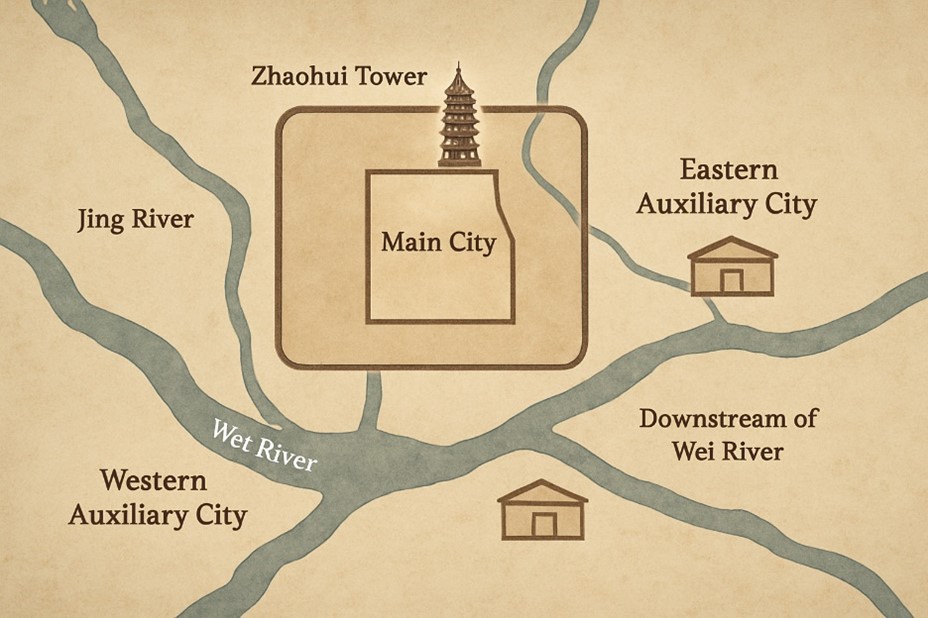The Narrative of Zhaohui Tower and Urban Space: Collective Memory and Local Identity in Cultural Heritage Protection
Abstract
This study examines the role of the Zhaohui Pagoda as a spatial narrative element in shaping collective memory and local identity in Gaoling District, Xi’an. Drawing on archival materials, oral histories (n=25 interviews), and on-site observations, we employ grounded theory and discourse analysis to explore how material spaces anchor historical narratives and community belonging. Results indicate that the pagoda’s evolving functions—from religious landmark and defensive watchtower to contemporary cultural marker—have continuously reinforced Gaoling residents’ shared identity. We find that structured engagement through guided narratives and interactive heritage programming strengthens intergenerational memory transmission and civic participation. These findings highlight the importance of integrating community-driven narratives and participatory methods in heritage protection, ensuring cultural continuity while fostering local pride and social cohesion.
References
[2] Gaoling District, Xi'an City Civil Affairs Bureau (Comp.). (n.d.). The story of Gaoling place names (p. 11). Xi'an Map Publishing House.
[3] Gaoling County Cultural Museum (Comp.). (1985). Gaoling County cultural relics chronicle (p. 19).
[4] Ma, L., & Cheng, Y. (2000). Gaoling County annals.


This work is licensed under a Creative Commons Attribution 4.0 International License.
Copyright for this article is retained by the author(s), with first publication rights granted to the journal.
This is an open-access article distributed under the terms and conditions of the Creative Commons Attribution license (http://creativecommons.org/licenses/by/4.0/).









1.png)














